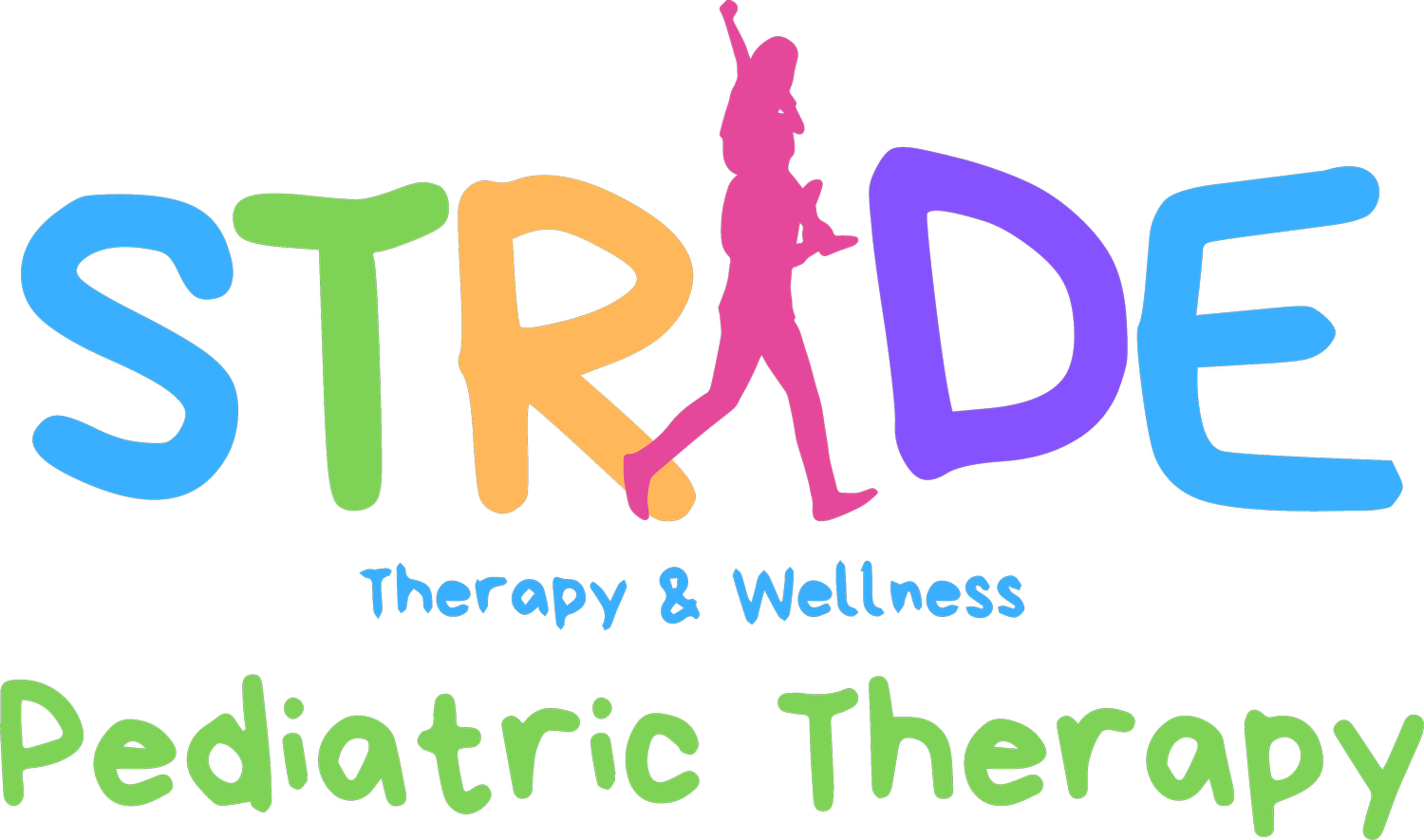What Exactly is Social-Emotional Development?
Social-emotional development is a critical aspect of a child's overall development. As parents, we play a significant role in helping our kids develop these skills. In this blog post, we will discuss what social-emotional development is and how parents can support their child's development in this area.
So, what exactly is social-emotional development? It is the process by which children learn to understand and manage their emotions, form relationships with others, and engage in social interactions. Social-emotional development is essential because it helps children build self-awareness, self-regulation, and empathy. These skills are crucial for their overall success and well-being. As parents, we can support our children's development in four domains of social-emotional development: emotional, social, cognitive, and behavioral. Let's look at some practical examples of activities and strategies parents can use at home to promote development in each of these areas.
Emotional Development: One way to promote emotional development is by responding positively and empathetically to your child's emotions. When your child is upset, acknowledge their feelings by saying, "I see that you're upset. Can you tell me what's wrong?" This encourages children to express their emotions effectively and helps them feel validated and understood. Another activity that promotes emotional development is creating a "feelings chart." This involves drawing different faces representing different emotions and placing them on a chart. When your child feels a particular emotion, they can point to the corresponding face on the chart, which encourages them to recognize and label their emotions.
Social Development: To support social development, encourage your child to engage in imaginative play. For example, set up a pretend grocery store, and have your child play the cashier while you play the customer. This helps children learn how to interact with others, take on different roles, and develop their creativity. Another practical strategy is to encourage your child to invite a friend over for a playdate. This helps them learn how to share, take turns, and engage in positive social interactions.
Cognitive Development: To support cognitive development, read to your child regularly. This helps them learn new vocabulary, improve their memory and concentration, and develop their imagination. For instance, you can read a book about animals and point to the pictures while making animal sounds. Another practical strategy is to play memory games with your child. For example, you can place different objects on a tray and cover them with a cloth. After a few seconds, ask your child to name the objects they remember seeing. This helps them improve their memory and concentration.
Behavioral Development: Finally, to support behavioral development, set clear boundaries and expectations for your child's behavior. When your child behaves inappropriately, instead of punishing them, use positive reinforcement. For example, you can say, "I like the way you used your words to express your feelings instead of hitting your friend." Another practical strategy is to establish a routine for your child. A routine helps children understand what is expected of them and reduces anxiety. For example, establish a morning routine that involves waking up at the same time each day, brushing teeth, and having breakfast.
In conclusion, social-emotional development is crucial for a child's overall development, and as parents, we can support our children's development in four domains: emotional, social, cognitive, and behavioral. By responding positively to our child's emotions, encouraging imaginative play and social interactions, reading to our child, setting clear boundaries and expectations, and establishing routines, we can help our children develop into confident and emotionally intelligent individuals.
